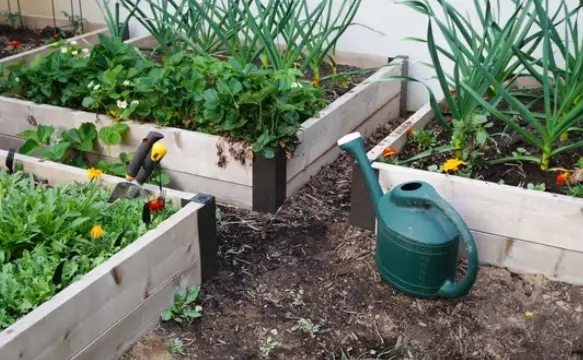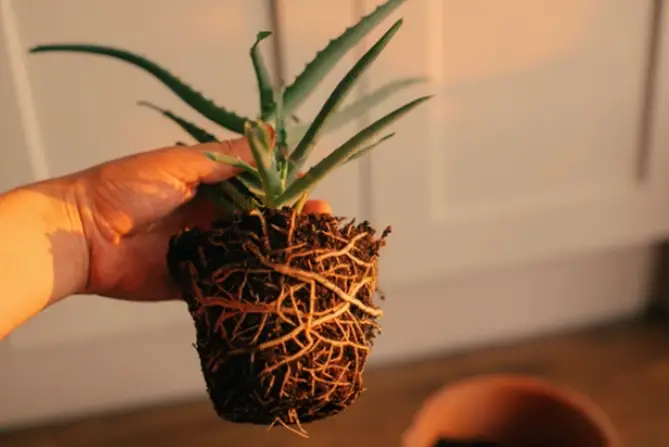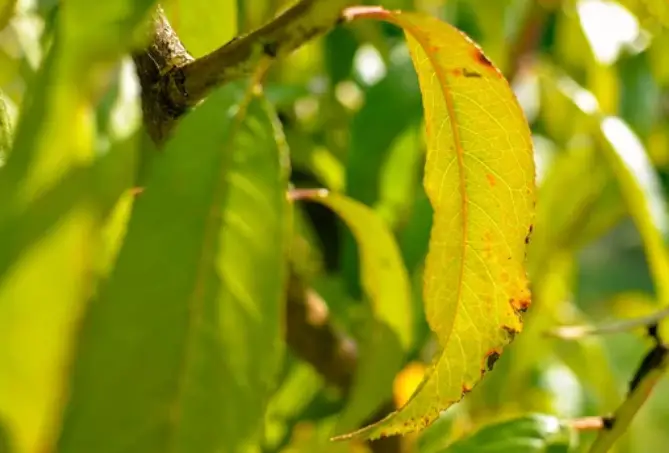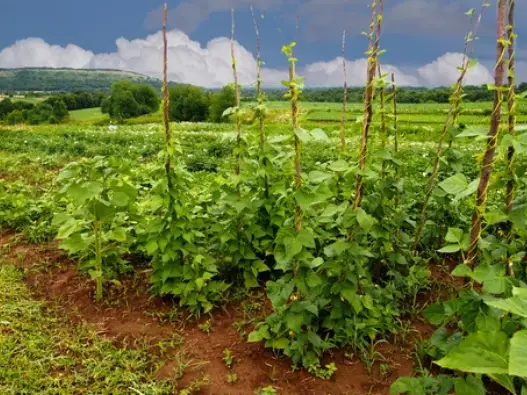How to Grow Lemons On A Lemon Tree
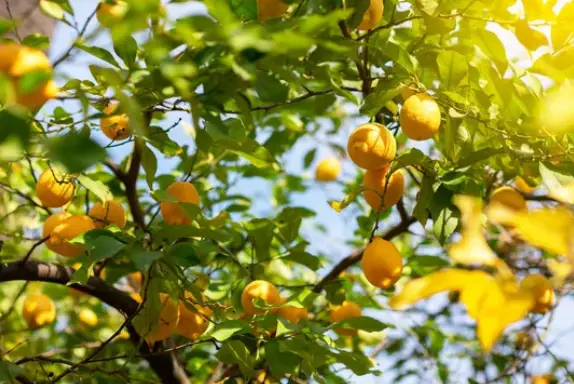
How do I grow lemons with a lemon tree the easy way?
The lemon tree is a popular fruit around the world. It can be grown in many different ways and is a great addition to any garden.
Many different varieties of lemon trees vary by size, color, taste, and shape. A lot of people get confused when it comes to growing lemons in the yard or garden.
However, if you follow this post, we will share some basic principles for growing your lemon tree that produces lemons.
How to Grow Lemons With a Lemon Tree
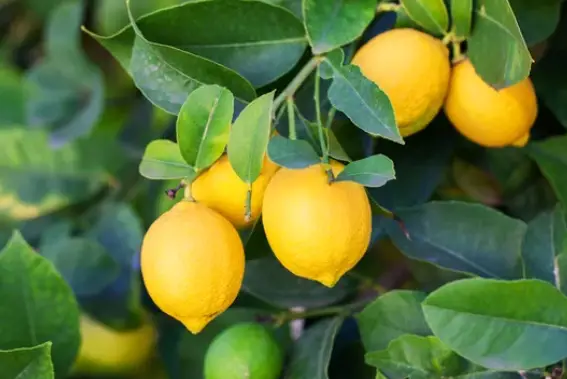
The lemon tree is a plant that is native to Southeast Asia.
The fruit of the lemon tree can be used for many purposes, including making lemonade, cooking, and as an ornamental plant.
A lemon tree can be grown from a seed or even from a cutting of the fruit itself.
Lemon trees are generally easy to grow and require little attention. They should be planted in well-draining soil with enough sunlight and water to grow properly.
The following steps will help you get started with growing your lemon tree:
1) Select a location with full sun exposure for your lemons to thrive
2) Choose a container that is at least 12 inches deep and at least 18 inches wide
3) Fill the container with potting soil
4) Water the soil well so the plant will have enough moisture for its roots to thrive
5) Place the tree into your container
6) Add a layer of fresh potting soil on top of the root ball, then water it in
7) Place the plant in an area that gets plenty of light, out of direct sunlight.
How to Choose the Perfect Location for Your Lemon Tree
It is important to choose the perfect location for your lemon tree.
If you plant your lemon tree in a place that is too dry and sunny or too shady, it will not thrive.
Lemon trees are a great addition to any garden and can provide the fresh juice that you need for cooking or drinks.
It will also provide you with aesthetic beauty and foliage to make your garden look more lush.
The soil needs to be well-drained but not so dry that it does not hold water.
You may want to use some organic fertilizer for your lemon tree if it is planted in a place where there is no fertilizer available.
Planting the lemon tree
Place the lemon in a large container with at least 1 inch of a rooting compound, making sure to keep it moist.
Dig a hole for the lemon tree that is at least twice as deep and wide as the rootball. Place it in position, backfill, and water thoroughly.
If you are planting it into the ground, dig a hole as deep and wide as the rootball, cover it with soil, and water well.
Planting trees in containers takes time and patience, but it can be done successfully if you are prepared for it.
Pruning The Tree
Prune back any broken or damaged branches about 6 inches from the trunk to allow for healthier new growth.
This should be done in early spring.
Mulching Fertilizing, and Weeding
You can do all that work yourself or hire a local gardener to help you.
Mulch the soil around the base of each tree with organic matter, like leaves, sawdust, or compost.
Water well and fertilize regularly during the growing season in May through September.
Which Varieties of Fruit Trees Are Good for Growing Lemons?
Lemon trees are easy to grow, and it is a good idea to plant them in your garden.
Lemon trees are usually grown in Mediterranean regions. The varieties that are recommended for growing lemons include “Clementine,” “Eureka,” “Tahiti,” and “Wilton.”
When is the best time to grow lemons?

The best time to plant lemon trees is in late winter or early spring.
It is also important that the lemon tree has proper drainage and plenty of sunlight.
They should be watered once a week and fertilized three times a year.
Lemon trees are often grown as indoor plants because they can tolerate extreme heat or cold without damage.
They will tolerate temperatures at the low end of the USDA hardiness zone 8, which is between 45 and 55 degrees Fahrenheit.
They are also grown as houseplants due to the lemon-scented flowers that appear during the winter months.
If you would like a lemon tree for your garden, be sure to choose one with a dwarf rootstock.
A dwarf tree will generally have less than 8 inches in height at maturity, whereas a more common variety may reach heights of 10–12 feet.
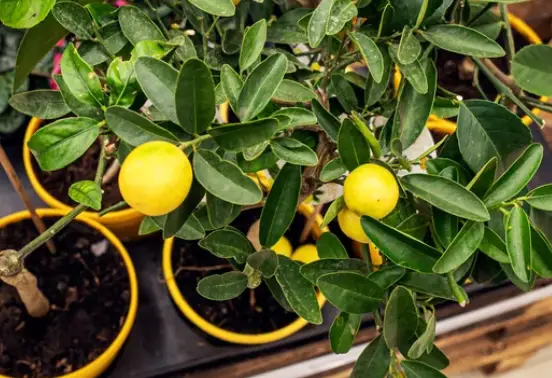
What Can You Do If Your Fruit Trees Don’t Grow Lemons?
While most lemon trees are also known to produce lemons, this is not always true.
Some citrus trees don’t grow lemons. If you have a lemon tree that doesn’t produce lemons, there is still hope for the tree.
If your fruit trees aren’t producing lemons, you can try to fertilize the soil with a citrus fertilizer or use a citrus spray to help increase the production of lemons.
You can also try growing other types of citrus fruits, like grapefruit, tangerines, and mandarins, which are very similar to lemons.
Conclusion and Key Takeaways
Growing a lemon tree that produces lots of lemons is quite easy if you understand the basic principles, such as the variety of soil types and location. You can go wrong.
However, the best type of lemon tree to grow is the dwarf version, which can be monitored, pruned, and cared for easily.


